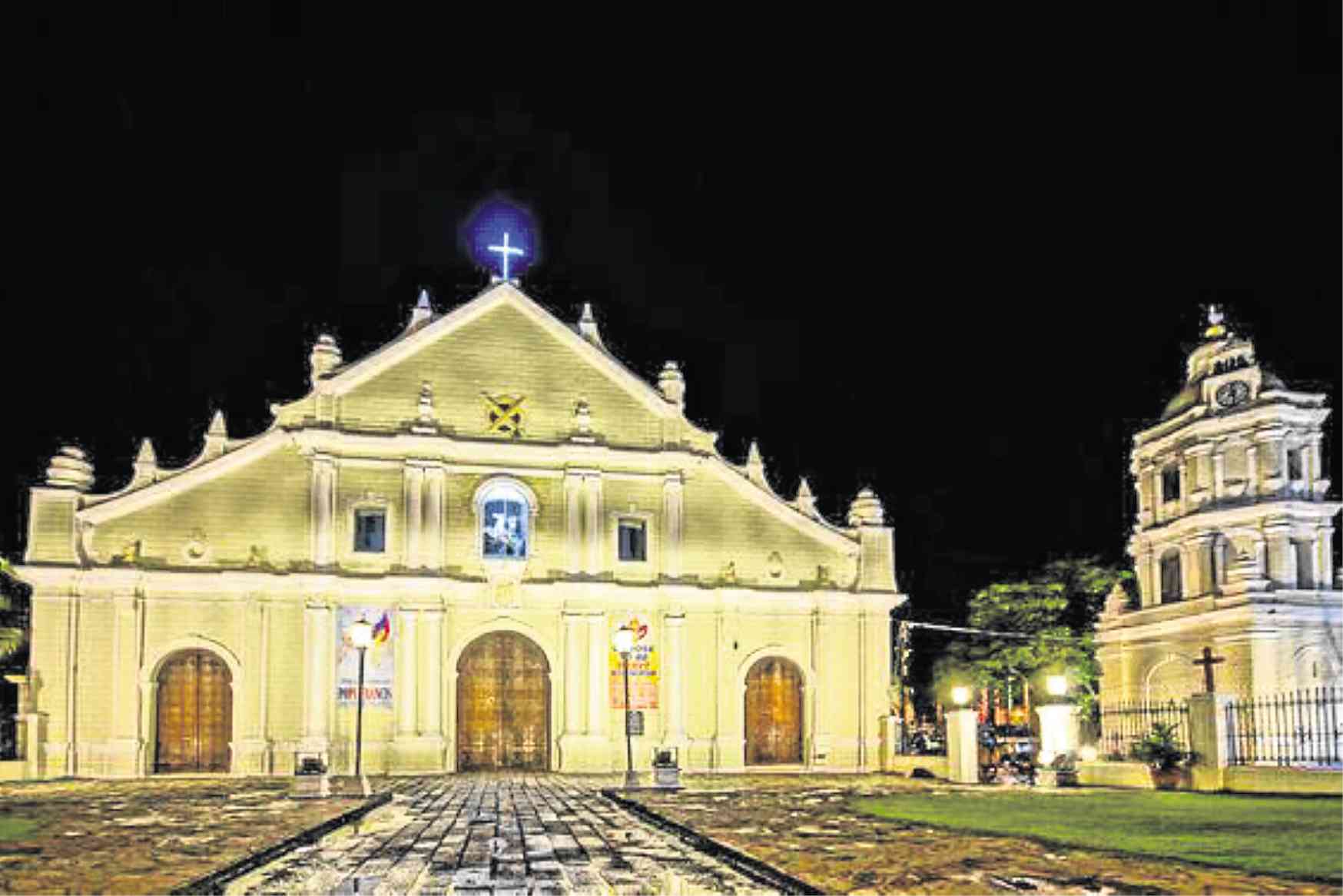VIGAN: A journey back in time
The Philippines has a rich history and culture, dating back from the pre-colonial period to the freedom wars, during which the country stood tall with pride and honor. And the people, along with the walls and structures of the bygone era, served as witnesses to all these historical events.
Some of these structures, fortunately, were able to stand the test of time, somewhat preserved and now offering a glimpse into the centuries-old ways and culture from a distant past.
One of the best examples is the City of Vigan in Ilocos Sur. Located 404 kilometers north of Manila and established in the 16th century, the city was listed as one of the Unesco World Heritage Sites in the Philippines and is recognized to be the best-preserved example of a Spanish colonial town in all of Asia.
City planning
The City of Vigan was designed adhering to the Law of Indies (1525), the Spanish law regulating political and economic institutions as well as city planning. In this type of planning, a plaza should be situated at the city center for town gatherings and festivities, while the church should be located at the north, showing that authority should come from the One on high (the Almighty God).
Political and economic areas such as the city hall, city library, public markets and public schools should be at the west, while residences of wealthy families should be at the east.
Article continues after this advertisementCity ordinance
Article continues after this advertisementThe City of Vigan is operating under Ordinance No. 4 Series of 2000, enacting the preservation and conservation for ancestral houses.
This states that before any conservation, preservation or restoration work can commence, a thorough research and documentation of the building showing its original design should be undertaken.
In line with its thrusts for better preservation and tourism, the city also mandates that the design of new structures shall have a touch of Spanish colonial style.
Cultural influence
In every colonized civilization, change is one thing that is inevitable, and it involves the adaptation of one culture to the other.
Spanish colonizers brought their way of living to their colonized country while adjusting to the geographical and climatic factors of the place, thus resulting in a new style and culture.
The “Bahay Kastila” or “Bahay na Bato” is one example, wherein Spanish influences were infused in the traditional bahay kubo (nipa hut). It is believed that the Bahay Kastila is an upgraded version of bahay kubo with more intricate and decorative architectural details.
Aside from the residential adaptation of the Filipino Archi-culture, this alteration has also influenced other land uses such as public institutions and religious structures as well as mixed-used buildings. The influence of Spanish culture rose with the prominence of architecture due to the mixing of cultures and traditions.
Prime tourist destinations
Vigan Cathedral
Architectural Style: Predominantly Earthquake Baroque (due to the geographical condition of Vigan City), with a touch of Chinese-Romanesque and Neo-Gothic inspirations
This world renowned cathedral is believed to have the same quality as its parishioners—a faith that stands strong and mighty in every earthquake. The interiors of the cathedral reflects peace and serenity for prayer and intercession.
Calle Crisologo
Architectural Style: Spanish Colonial with Chinese embellishments and intricate architectural details. The whole stretch of the street is paved with cobblestones.
This world famous, historic street located in the Mestizo district of Vigan City is a stretch of mixed-use residential buildings. The ground floor is used for family-owned shops and/or restaurants while the upper floor is the family’s residence.
The daylight sun from morning to the afternoon reveals the rich beauty of the street with the structures’ details shadowing the whole stretch, while intricate ornamental antique lightings accentuate the window, doors, walls and the pavements at night.
Crisologo Museum
Architectural Style: Spanish Colonial style; flooring is in smooth concrete finish
Here we have a local city museum which tells of the rich history of Vigan City as well as the socio-politics behind it.
Plainly a residential-type building owned by former politician Floro Crisologo and his family, the museum houses antiques and pictures of the city. Interiors are set similarly as the Crisologo family’s old residence with the wooden seats, tables and cabinets, as well as old-fashioned televisions and other furniture.
Pagburnayan pottery making
The art of pottery or “burnay” was brought to Vigan City by Chinese merchants, making it one of the earliest sources of income for most of the locals.
Located a few minutes away from the city center, the Pinagburnayan place is worth the visit. Besides getting fascinated with the jars specially designed by the locals, the experience to create your own should be next on your bucket list.
Indeed, the history and culture of every Philippine colonizer not only created a distinct architectural path, but also aided in the people’s way of life.
In this case, it worked its influence through religious beliefs, socio-political views and economic aid. And while the world evolves faster and innovation calls for a different type of design approach, what is certain is that the past will always be a part of that innovation.
Sources: people.uwec.edu; pinterest for photos of Vigan Cathedral, Crisologo Museum, Burnay jar vigan.
